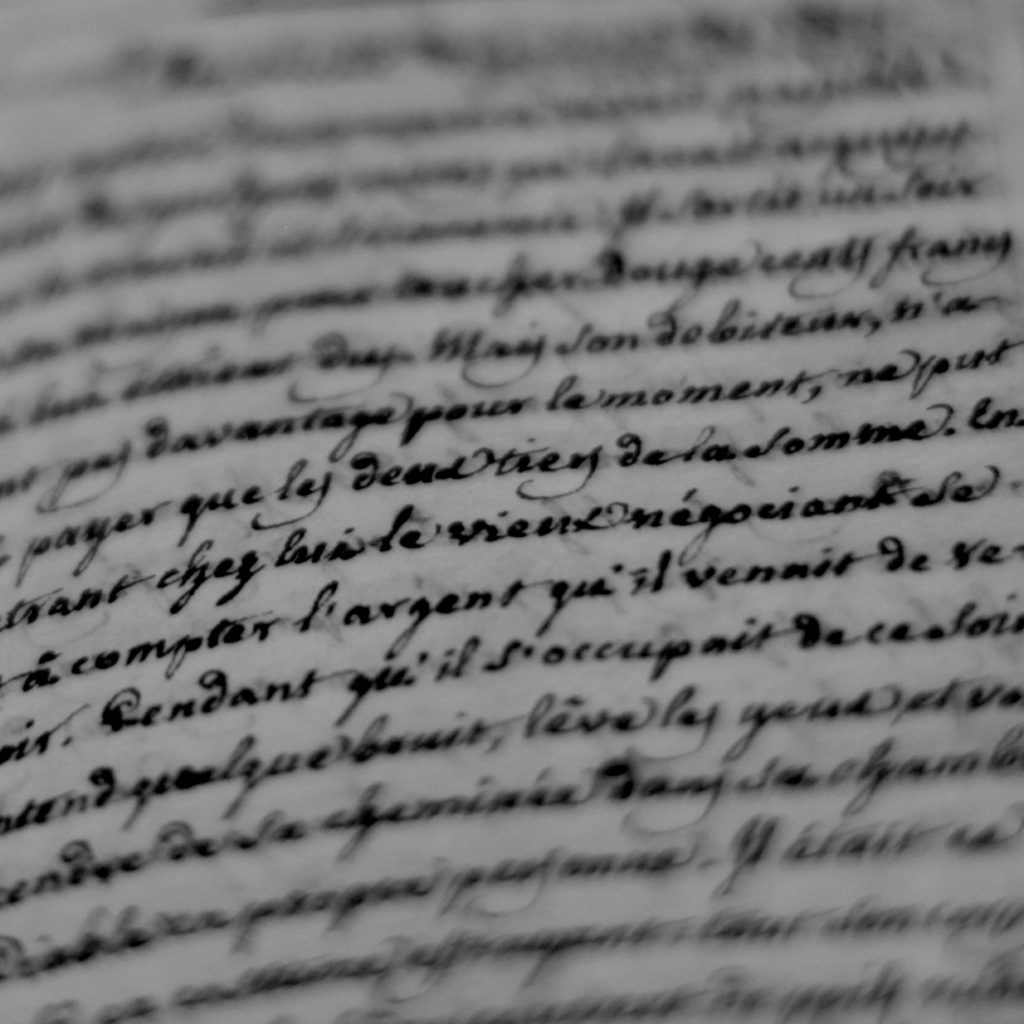A Brief Guide to The Eastern Orthodox Church

In this series of articles I am sharing parts of an article written by Trevin Wax on the Gospel Coalition website. In that article he gives a brief introduction to the various branches of the Christian Church. The original article can be accessed here.
The Eastern Orthodox Church
Name: The Eastern Orthodox churches are often just called “orthodox” or described by nationality or geography, such as the Greek Orthodox or Russian Orthodox, or Antiochian Orthodox.
History: In 1054, the Eastern and Western churches divided over the inclusion of a new phrase in the Nicene Creed (the Western churches said the Holy Spirit proceeds from the Father and the Son), but there were many cultural, political, and ecclesiastical reasons for the split. Ecumenical overtures between the Eastern Orthodox and Roman Catholics have seen a measure of success in recent times.
What Church Is Like: The Eastern Orthodox Churches place a high priority on the particulars of liturgical worship (called The Divine Liturgy). Sanctuaries include various icons for veneration. The Orthodox believe there is a place for praying to saints and to Mary. A worship service engages all the senses, with incense, chanting, Scripture-reading, and a homily, culminating with the celebration of the Eucharist.
Polity: Bishops, following in the succession of the apostles, appoint male priests (also known as elders or presbyters) to pastor the people. Deacons serve the material needs of the congregation and play a key role in liturgical life. Synods (teams of bishops) lead the church, not a single bishop or pope.
Distinctives:
- The Orthodox hold to a high view of tradition as the proper means for understanding Scripture, but without the magisterium of the Roman Catholic Church.
- The Orthodox canon of Scripture includes the intertestamental books found in the Roman Catholic canon, with several additions: 1 Ezra, 3 Maccabees, Psalm 151, a prayer of Manasseh in Chronicles, and additions to the book of Daniel.
- Celibacy is the norm for bishops, but both married and unmarried men can be priests.
- Doctrinal emphases on the incarnation and the resurrection.
- Within Orthodox theology, theosis (or deification, union with God) is stressed as the ultimate point of salvation.
Famous Figures: Patriarch Photius, Vladimir Lossky, Alexander Schmemann, Kallistos Ware, John Behr, Hank Hanegraaff.
Hopefully this brief overview by Trevin Wax helps you understand the experience and faith of friends who are part of Eastern Orthodoxy.
In Christ,
Bret
